Rescue techniques on the rock face
You should be able to avoid accidents in alpine terrain by preparing well and judging your own ability realistically. Exposure, large gaps between pitons or difficult rescue conditions can quickly lead to life-threatening situations. If an emergency situation arises due to other factors outside the alpine climber’s control, these simple rescue techniques can help them at a push.
An express pulley or the prusik technique are rescue methods that can aid the follower in ascending the rope. But knowing how to bivouac in the mountains can also be important in an emergency.
Rescue method: Express pulley
The express pulley is traditionally considered a rescue technique, although it’s basically impossible to use it to rescue someone by “pulling up.” Much more often it is used as a pulling aid for the follower. An express pulley briefly provides “more traction,” helping the follower – for example, by allowing them to get to the belay quicker in the event of a minor injury. NOTE: An express pulley will not help in the event of severe rope friction.
1. Slip knot - If you have to help yourself or your partner with a makeshift rescue, securing the belay device is usually the first step so that you have both hands free to work.
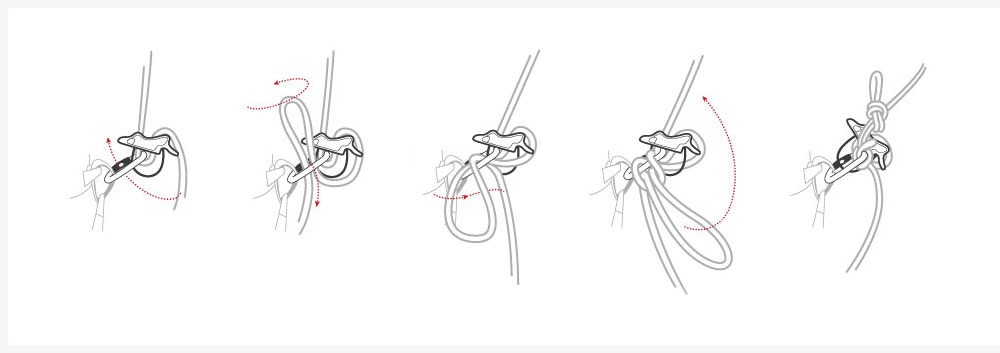
2. Fixed rope, tie in a prusik - If you are not belaying with a belay plate, (where the reverse lock is already in place), the belay device must first be secured using a slip knot in order to have both hands free for working. You can then tie a short prusik over the tensioned rope and hook in a carabiner. Redirect the loose braking rope through the carabiner and guide it upward.
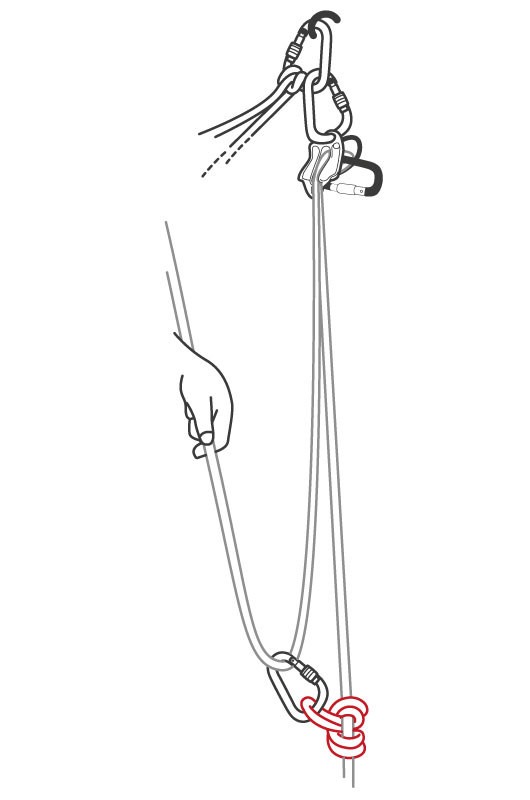
3. Loosen slip knot - Now hold on to the braking rope, loosen the slip knot with one hand and start pulling up. When pulling upwards, the HMS will veer round and move along with it when pulled. With a belay plate, simply draw in the rope.
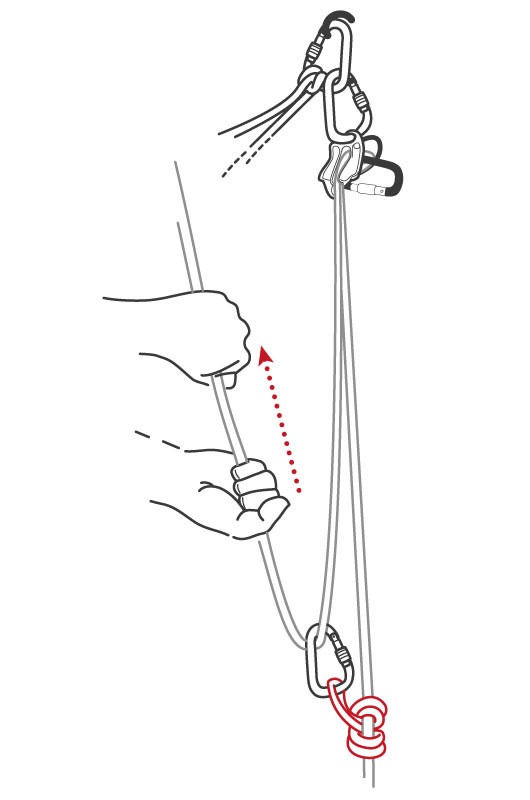
4. Sliding back the prusik - As soon as the prusik has moved up far enough, hold the brake rope securely and push the prusik back down again. You can now pull on the rope again. Repeat this process until the climber has negotiated the difficult spot.
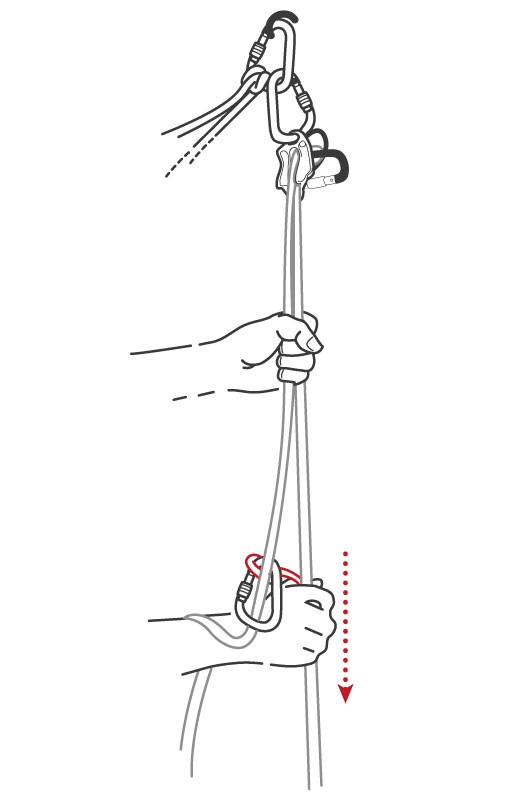
Rescue method: Prusiks
The prusik knot is not only used for rappelling: In emergency situations, the prusik technique can be used to climb on a hanging rope. This method is helpful for both crevasse rescue and for alpine climbing. It needs the climber to be conscious and physically able to use the prusik technique.
1. Push up the prusik - You can now stand in the foot loop. At the same time, push the upper prusik upwards until the body loop is taut and you can sit in it.
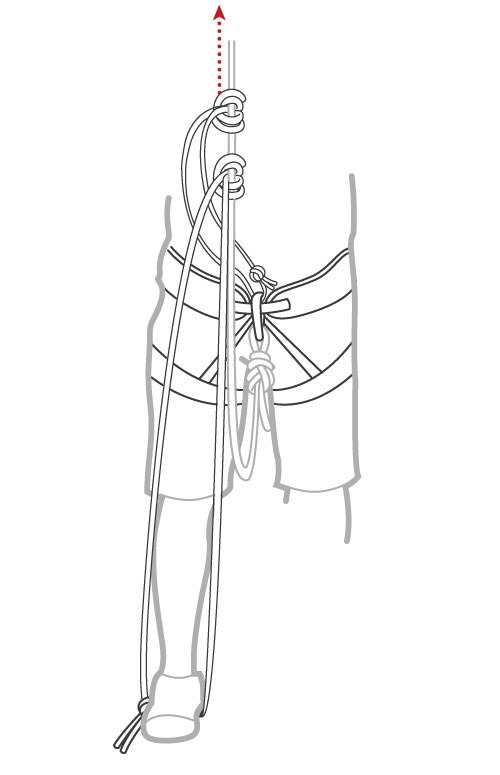
2. Sit in the harness, repeat the process. Once the body loop is taut and you are sitting back in the harness, the leg loop can be released and pushed upwards.
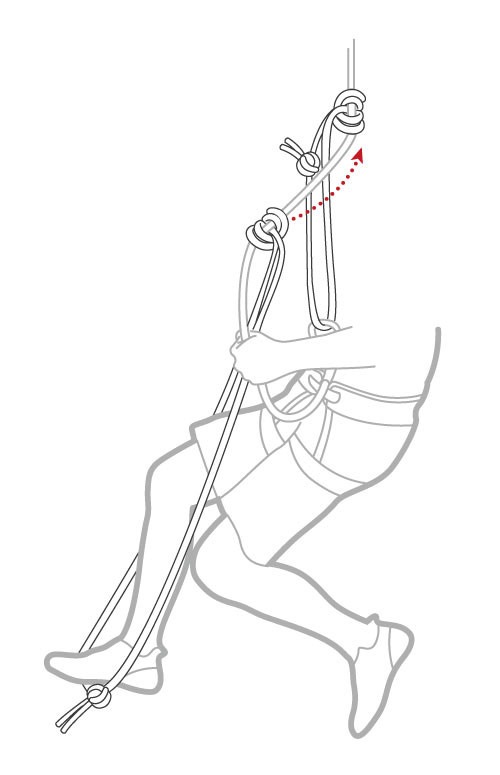
Check out the full series of Safety Academy Lab Rock videos below:
- Alpine basics
- Basic equipment for every climber
- Basic equipment for groups
- Additional equipment for groups
- Storms in the mountains
- Types of rock in the Alps
- Tour planning for alpine climbing
- Packing a backpack correctly
- Rope team procedures
- Knot techniques
- Belay using bolts
- Belay methods
- Anchors
- Coiling a climbing rope
- Rappelling
- What to do in an alpine emergency
- First aid on the mountain
- Rescue techniques while alpine climbing
- Bivouacking in an emergency situation
Visit ORTOVOX’s Safety Academy Lab Rock to view the climbing tutorials in their totality and test your knowledge with their fun and interactive quizzes.
Since the company was founded in 1980 in the south of Munich, ORTOVOX has stood for the highest possible protection during alpine activities. As pioneers in the avalanche safety field, we have played a key role in the development of emergency equipment for the mountains. Innovations such as the double-frequency avalanche transceiver and Smart Antenna Technology, and also targeted training measures, continue to be valuable contributions to making mountain sports a little bit safer and to saving lives.

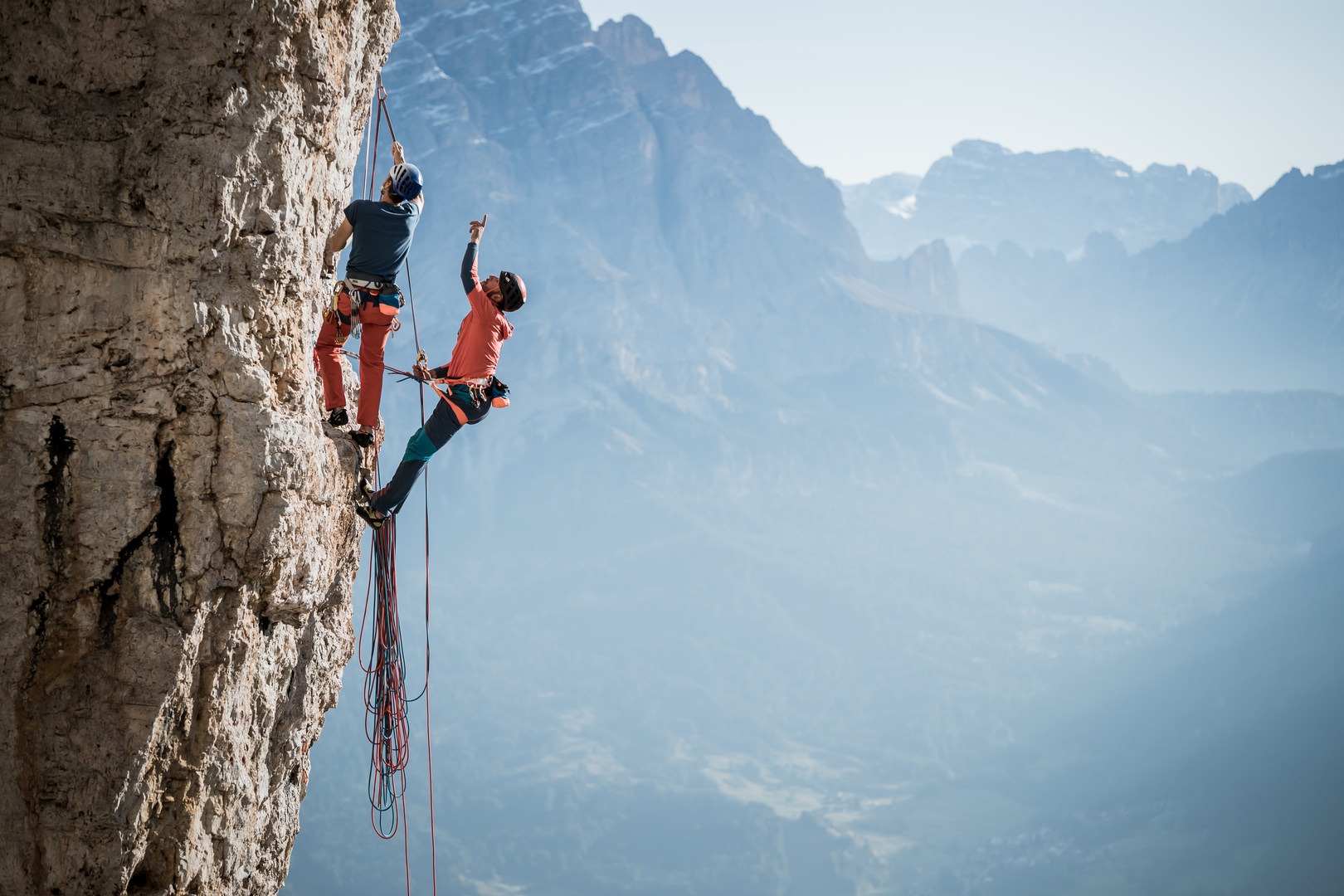


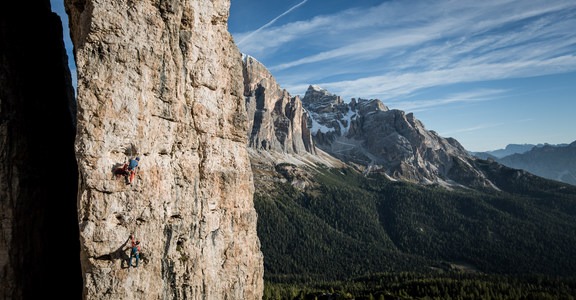
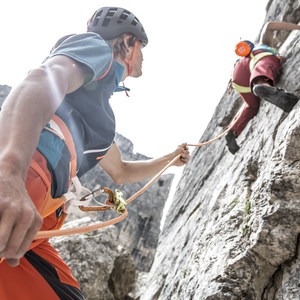
Comments
Sign In and share them.